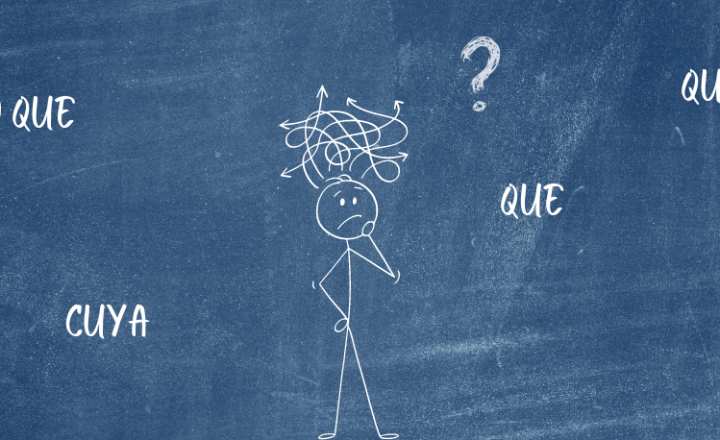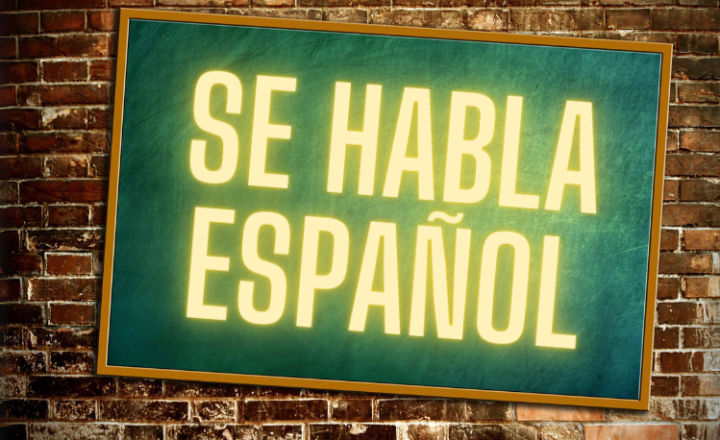
Expand your Spanish vocabulary with these popular FOOD-RELATED IDIOMS
Expand your Spanish vocabulary with these popular FOOD-RELATED IDIOMS
Get ready to expand your Spanish vocabulary and start sounding like a true native Spanish speaker! El español tiene algunas expresiones que se relacionan con la comida en vista de que la comida es muy importante para la cultura hispana. Es por ello que podemos










